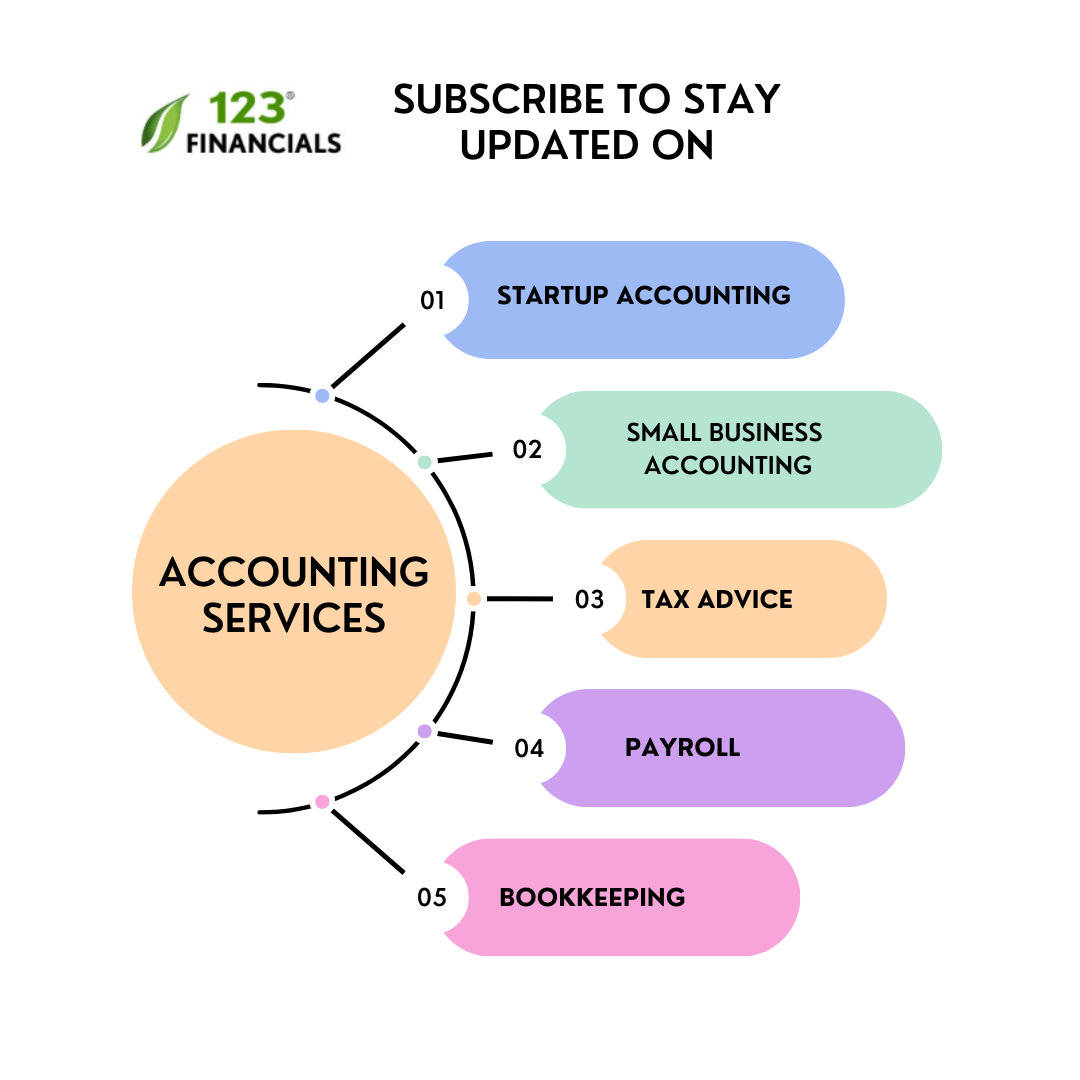Cash flow management is essential to ensuring new businesses’ sustainable growth and profitability.
Effective cash flow management lets companies balance incoming and outgoing money, guaranteeing enough capital to cover expenditures, invest in growth opportunities, and navigate unexpected obstacles.
Looking for Startup Accountant
Work with a UK-based accountant for tax, accounting, payroll, & EIS/ SEIS needs.
By setting up various methods and approaches, startups can maximise their cash flow while enhancing their financial stability.
In this guide, we will look at essential tips and techniques for cash flow management especially adapted to startups in the UK.
Table of content
● Tips to maintain cash flow for startup
● Final thoughts
Tips to maintain cash flow for startup
1. Create a cash flow forecast
A cash flow forecast is a projection of your expected cash inflows and outflows over a specific time frame.
By determining your future income and expenses, you can acquire insights into your cash position and schedule accordingly. Start by identifying your expected sources of income, like sales revenue, loans, or investments.
Then, determine your expected expenses, such as rent, utilities, salaries, inventory, advertising, and other associated expenses.
By comparing your anticipated inflows and outflows, you can predict potential cash shortfalls or surpluses while addressing them proactively.
2. Monitor and track cash flow regularly
Regular tracking and monitoring of your cash flow for a startup business is crucial in comprehending your startup’s financial health. Regularly examining your cash flow statement for a startup business can find patterns, trends, and areas that require attention.
This enables you to identify potential problems early on and take necessary steps promptly. Use software for accounting or spreadsheets to keep accurate records of your financial inflows and outflows.
Regularly evaluate your cash flow against your forecasted amounts to find differences and modify your strategy accordingly.
3. Reduce cash outflows
To enhance your cash flow, you must reduce expenses while maintaining the quality of your goods or services. Examine your expenses to find areas where you can cut costs. For instance, negotiate with suppliers to obtain reduced rates or payment terms, look for cost-effective alternatives for materials or solutions, and remove any ineffective or non-essential expenses.
Regularly review your overhead costs, like rent, utilities, and memberships, to ensure they align with your current needs. Decreasing your cash outflows can retain more working capital while enhancing your cash flow position.
4. Accelerate cash inflows
Enhancing your cash collection procedures can have an important effect on your cash flow. Look into implementing methods to accelerate cash inflows from clients and customers.
One successful strategy is providing early payment incentives, like discounts or rewards. Ensure your invoicing process is efficient, precise, and timely to promote prompt payment.
Follow up on overdue invoices quickly, sending reminders and initiating phone calls if necessary. Consider providing multiple payment options to make it easier for consumers to settle their bills.
Accelerating your cash inflows can boost your available working capital while sustaining a healthier cash flow.
5. Manage inventory efficiently
Inventory management is essential in cash flow management, especially for new businesses dealing with physical products.
Having excess inventory ties up your cash and boosts storage costs. In contrast, operating out of stock can result in missed sales opportunities. To handle inventory efficiently, evaluate your sales patterns and anticipated demand to determine optimal stock levels.
Implement inventory management practices, where you order or generate items as needed rather than maintaining excessive stock.
Negotiate favourable terms with vendors, like consignment arrangements or extended payment terms, to reduce the impact on your cash flow.
Maximising your inventory management can free up cash for additional company requirements and maintain a healthy cash flow position.
6. Control expenses and prioritise spending
Managing expenses is crucial to preserving a healthy cash flow. Start by classifying your expenses into vital and discretionary items.
Essential expenses like rent, utilities, wages, and raw materials are required to keep your business running. Discretionary expenses, on the other hand, are unnecessary and can be trimmed or removed if required.
Examine each expense category and find areas where you can cut expenses without negatively impacting the quality or efficiency of your operations. Look for possibilities for negotiating better deals with suppliers or find more cost-effective options—Prioritise spending on tasks that directly contribute to your success and development while being mindful of unnecessary expenses.
7. Negotiate favourable payment terms
Negotiating favourable payment terms with vendors can majorly affect your cash flow. Extend your payment terms, giving you additional time to pay your bills while safeguarding your cash.
For instance, discuss with suppliers for longer payment periods or ask for deferred payment arrangements. By extending out your payables, you can hold onto the money for a longer period, enabling you to invest it in different facets of the company or generate additional income.
8. Establish a cash reserve
Establishing a cash reserve is crucial to handling unexpected expenses or weathering periods of decreased cash inflows. Set aside an amount of your earnings as a cash reserve dedicated explicitly to crises or unforeseen circumstances.
Try to maintain a buffer encompassing several months’ operational costs. This reserve is a safety net, offering you peace of mind and financial security during difficult times. However, be cautious to avoid tying up excessive amounts of cash in reserves, as it may hinder your ability to invest in growth opportunities.
9. Examine your financial choices
In addition to your cash flow, look into financing options that fit your startup’s needs. This can involve traditional methods, including loans from banks or alternative financing options like lines of credit, invoice factoring, or crowdfunding.
Carefully study and evaluate the terms, interest rates, and repayment conditions for various financing options to determine the most suitable one for your business. You can bridge temporary cash flow gaps, invest in growth projects, or get the most out of growth opportunities by obtaining additional funds.
Looking for Startup Accountant
Work with a UK-based accountant for tax, accounting, payroll, & EIS/ SEIS needs.
Final thoughts
By integrating these procedures into financial management methods, startups can improve their ability to fulfil their financial obligations, seize growth opportunities, and maintain long-term success in the ever-changing UK business landscape. Effective sustainable growth management with cashflow tactics allows startups to make educated choices, mitigate risks, and maintain a solid financial foundation supporting their development objectives.




















